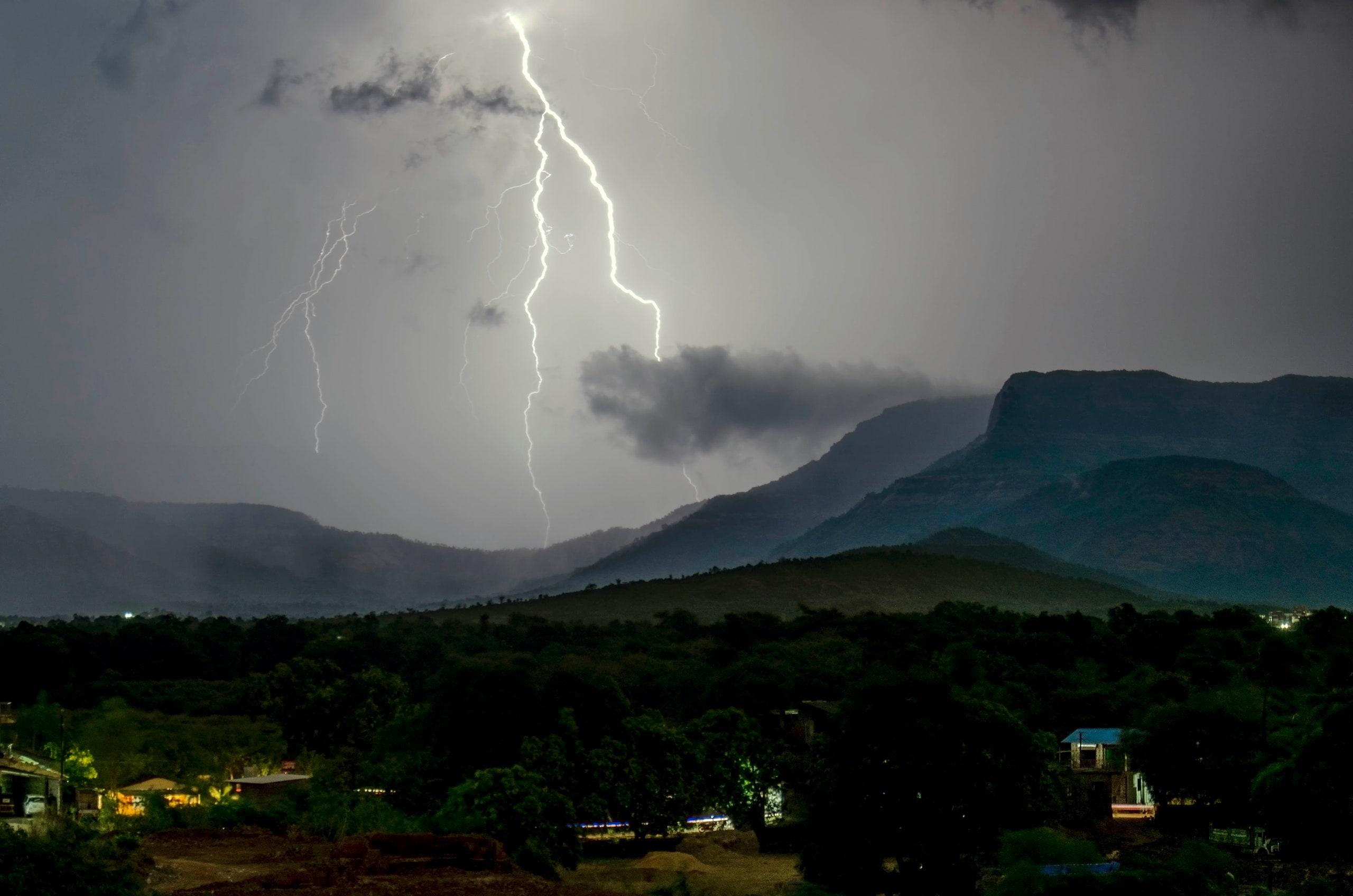Climate Change’s Latest Deadly Threat: Lightning Strikes
As the effects of climate change continue to unfold, scientists are constantly uncovering new and unexpected consequences. One such consequence that has recently come to light is the increased risk of lightning strikes brought about by global warming. While it may sound surprising, research has shown a clear connection between climate change and an uptick in lightning activity, posing a deadly threat to humans and the environment.
Lightning strikes are already a major hazard worldwide, causing an estimated 24,000 deaths and 10 times as many injuries annually. These electrifying bolts of nature are not only dangerous to individuals, but they also account for significant economic losses due to property damage, forest fires, and disruption of power systems. Now, with climate change exacerbating the situation, communities everywhere face heightened risks.
So, how exactly does climate change contribute to an increase in lightning strikes? The answer lies in the changing dynamics of thunderstorms, which serve as the breeding grounds for lightning. As the Earth’s atmosphere warms, it becomes more unstable, creating favorable conditions for the formation of severe thunderstorms. These storms are characterized by stronger updrafts and an abundance of ice, both of which are essential for lightning formation.
Global warming also leads to an increase in the evaporation of water from the Earth’s surface, which fuels the development of thunderstorms. The warmer air can hold more moisture, creating an environment conducive to the generation of powerful thunderclouds. These clouds produce the necessary electrical charges that result in lightning strikes.
Moreover, climate change is altering weather patterns and intensifying extreme weather events, such as hurricanes and severe droughts. These phenomena further contribute to the proliferation of thunderstorms, increasing the chances of lightning strikes in affected regions. As storms become more frequent and intense, the overall number of lightning strikes is set to rise.
The repercussions of this amplified lightning activity are wide-ranging and alarming. First, with more lightning occurring, the likelihood of people being struck by bolts increases. This poses a significant threat to human lives, as these strikes have the potential to cause severe injuries or even death. Furthermore, the surge in lightning strikes amplifies the risk of wildfires, especially during dry periods. The resulting fires can ravage communities, destroy ecosystems, and release large amounts of greenhouse gases, further contributing to climate change in a vicious cycle.
Given the urgent need to address the growing climate crisis, it is crucial to take steps to mitigate and adapt to the increased risks of lightning strikes. Improved forecasting and early warning systems can help alert communities to approaching thunderstorms, giving them time to take necessary precautions. Enhanced lightning detection networks, combined with better weather monitoring and prediction models, can provide crucial information regarding the probability and intensity of future storms, helping authorities and individuals make informed decisions to protect lives and property.
Additionally, efforts to combat climate change through the reduction of greenhouse gas emissions must be prioritized. By curtailing our reliance on fossil fuels and transitioning to cleaner and sustainable energy sources, we can slow down and eventually reverse the warming trend. This, in turn, will help to stabilize weather patterns and reduce the frequency and severity of thunderstorms, ultimately decreasing the threat of lightning strikes.
climate change’s impact on the frequency and intensity of lightning strikes is an alarming consequence of the warming planet. It poses a significant threat to human lives, ecosystems, and economies worldwide. To tackle this deadly threat, urgent action is needed to both adapt to the changing weather patterns and halt the underlying causes of climate change. Only through collective efforts can we hope to safeguard ourselves and future generations from the devastating consequences of lightning strikes in a rapidly changing world.

